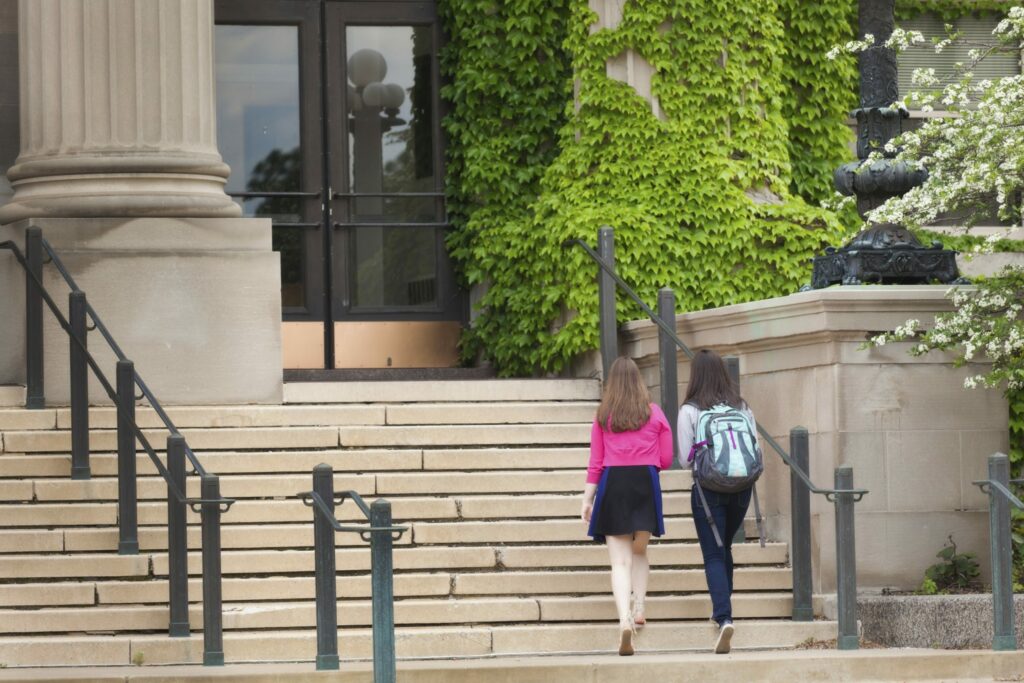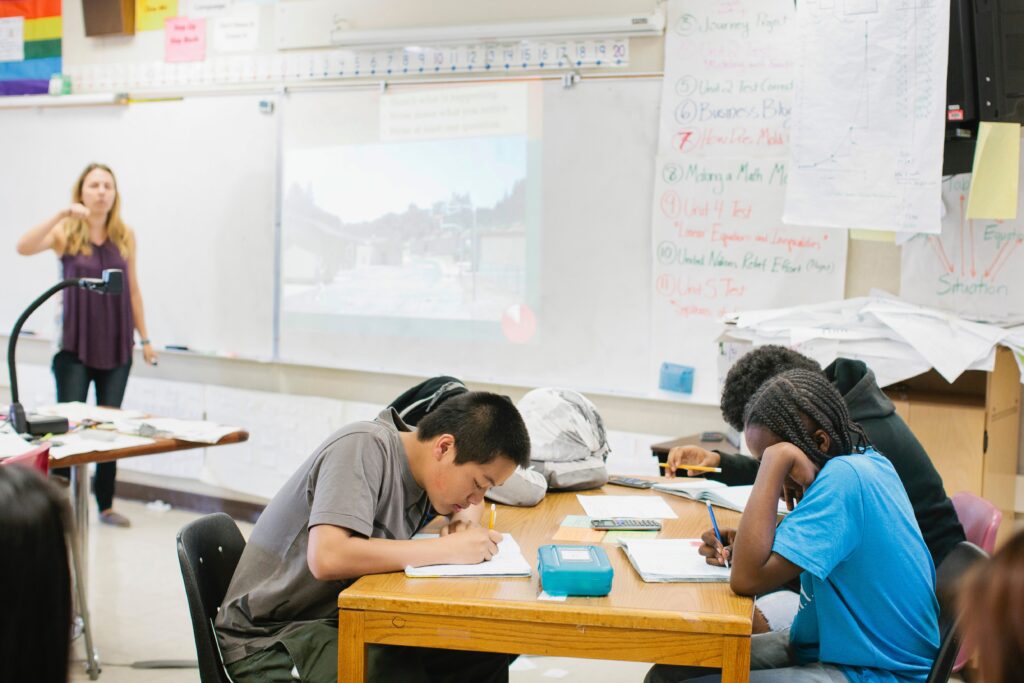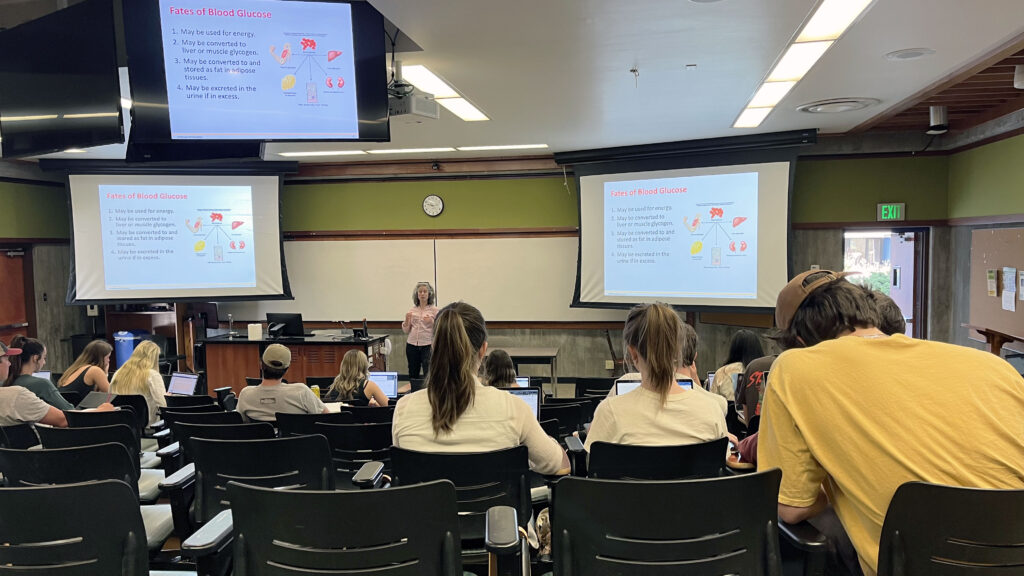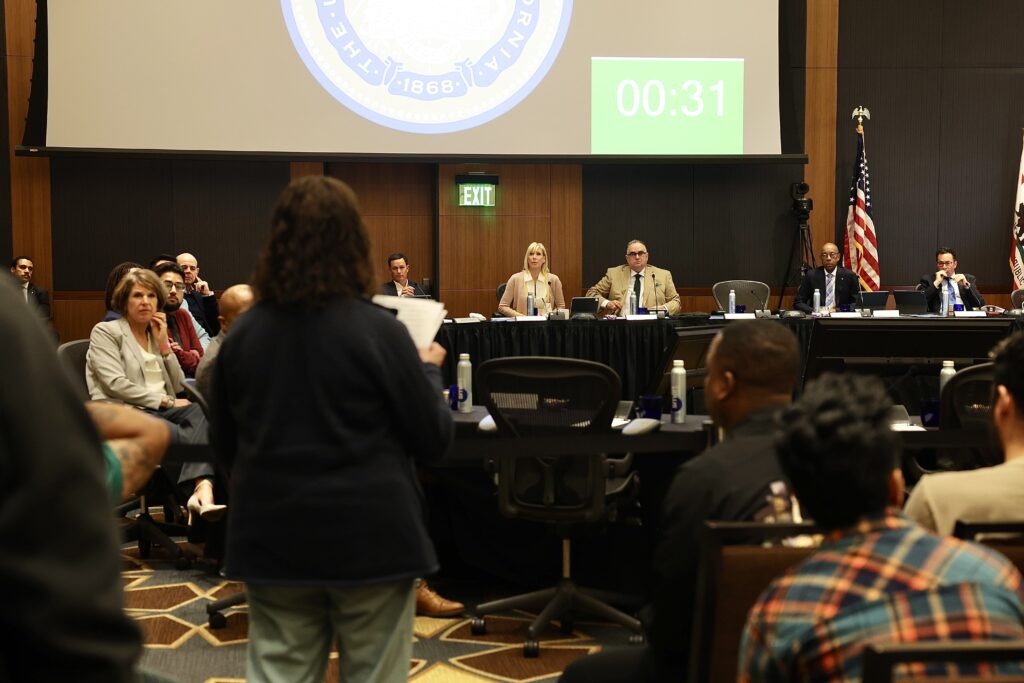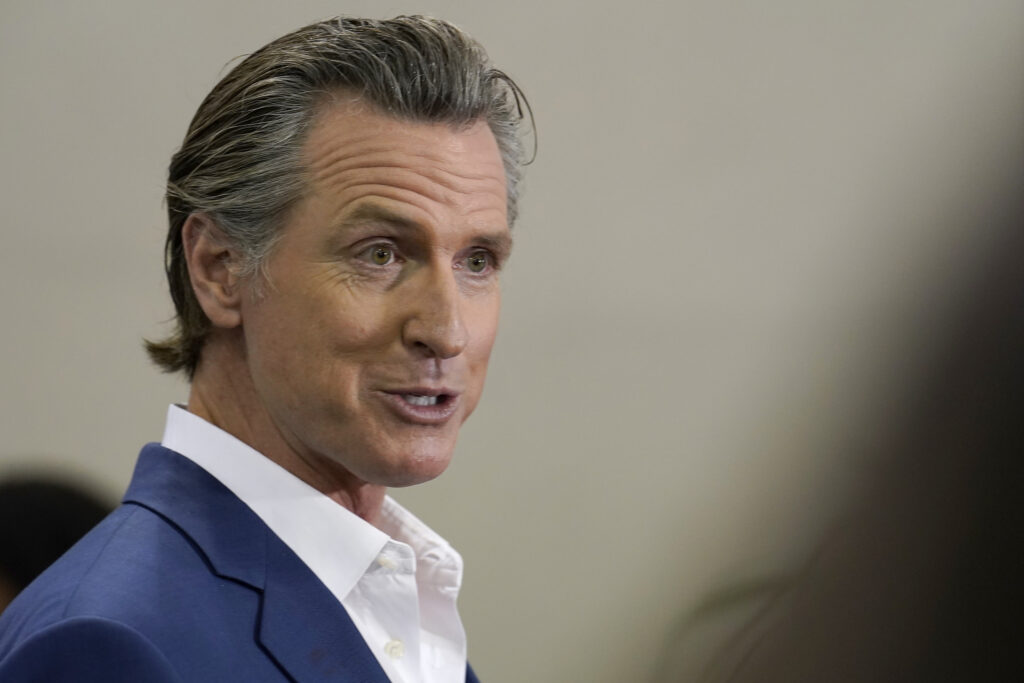
Yin Yang /iStock
Addressing and preventing sex discrimination and sexual harassment on college campuses continues to be one of the most foundational challenges to improving campus climate at higher education institutions in our country.
In the fall of 2021, as the Biden-Harris administration began its reexamination of Title IX, the federal regulation that prohibits discrimination based on sex in education, the Assembly Higher Education Committee also began its own reexamination of California’s policies to address and prevent sex discrimination and sexual harassment in higher education.
Three years later, the Higher Education Committee released a 30-plus page report that revealed we are not doing nearly enough to support our public higher education institutions to create an inclusive and safe campus culture for our students, faculty and staff.
While each public higher education institution does have a nondiscrimination policy in place, it is clear that our campus communities do not trust these institutions to prevent nor properly handle sex discrimination and sexual harassment on campus. According to interviews conducted by the committee and various surveys of students and faculty, campus communities feel that current policy focuses on protecting higher education institutions and not survivors of sexual discrimination and harassment.
It is the responsibility of campus leadership to provide our students with a safe and inclusive environment; however, the Legislature also has a responsibility to support our institutions in that mission, and to hold them accountable if they fall short.
My bills, Assembly Bill (AB) 2047 and AB 2048 are a necessary step that the Legislature must take in order to support California’s higher education institutions and its campus communities.
These two bills are a part of an ambitious, 12-bill legislative package, authored by myself and seven of my legislative colleagues, and predominantly based on recommendations from the committee’s report.
The package as a whole is imperative in order to foster cultural change, accountability and trust at our higher education institutions. AB 2047 and AB 2048 focus on shifting campus culture and renewing trust.
AB 2047 will establish an independent systemwide Title IX office to assist with monitoring compliance throughout all three of California’s higher education segments, and AB 2048 will establish an independent Title IX office on each California State University and University of California campus, and in each community college district.
These offices, both on campus and at the systemwide level, will provide supportive measures to survivors of sexual harassment and discrimination and adjudicate cases in a clear and transparent manner. Furthermore, these bills will work in tandem with the overall legislative package to provide reporting measures to ensure the higher education institutions are preventing and addressing cases of sex discrimination.
The importance of creating an identifiable authority that will properly adjudicate cases of sex discrimination and implement preventative measures cannot be minimized. These bills will renew community trust in our public institutions and establish a campus culture primed to detect, prevent and address all forms of sex discrimination and harassment with supportive measures and restorative justice.
AB 2047 and AB 2048 will provide substantial change for survivors of sexual harassment, but they will also result in substantial monetary cost from the state’s general fund, possibly costing millions of dollars, in order to establish and staff these offices.
As we are confronted with a significant budget deficit this year, difficult policy decisions will be made, but these bills should be a priority for the Legislature.
Fundamental change is costly, and as we assess the true costs of these bills and the impact they will have on our state, we must also not forget to consider the cost of doing nothing: the human cost of students who do not feel safe at these institutions and may not be able to experience all that higher education has to offer. The cost of those who carry invisible wounds and do not achieve their full educational potential.
I am a firm believer in the power and promise of higher education and its ability to transform lives and communities. No student should be deprived of that power and promise due to sex discrimination or sexual harassment.
We are falling short of our responsibility to these campus communities by further allowing this status quo of handling complaints through costly monetary settlements and lawsuits to remain.
We cannot let this continue.
•••
Mike Fong (D-Alhambra) represents California’s 49th Assembly District and serves as chair of the Assembly Higher Education Committee.
The opinions expressed in this commentary represent those of the author. EdSource welcomes commentaries representing diverse points of view. If you would like to submit a commentary, please review our guidelines and contact us.
